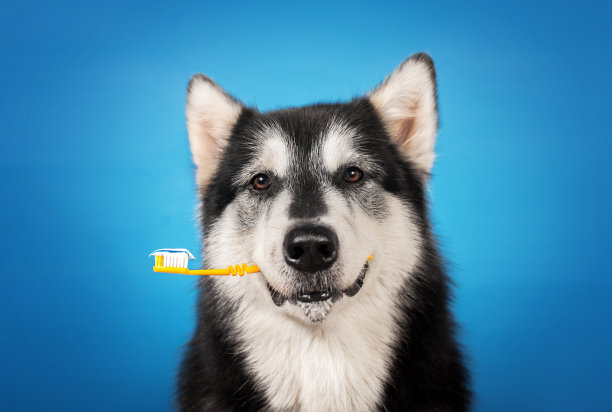Essential Guidelines to Follow After Receiving a Dental Filling for Optimal Care and Longevity
Summary: Receiving a dental filling is an important step in maintaining oral health, but proper care following the procedure is crucial for the longevity of the filling and overall dental well-being. This article outlines essential guidelines to follow after receiving a dental filling, focusing on post-operative care, dietary adjustments, oral hygiene practices, and follow-up procedures. By adhering to these recommendations, patients can ensure that their dental fillings remain effective and their oral health is preserved. This comprehensive approach facilitates a smoother recovery process and helps prevent complications, prolonging the lifespan of the filling, and enhancing the overall dental experience.
1. Post-Operative Care Instructions

Following a dental filling, it’s essential to adhere to the post-operative care instructions provided by your dentist. In the initial hours after the procedure, you may experience numbness in the treated area due to anesthesia. It is advisable to avoid eating or drinking until the sensation returns to prevent accidental bites or burns. Maintaining a cautious approach during this period ensures that you don’t injure yourself while still numb.
Additionally, you might notice some soreness or sensitivity in the filled tooth or surrounding gums. This is a common reaction to the dental work, and over-the-counter pain relievers can often alleviate discomfort. However, if the pain persists or intensifies over time, it is vital to consult with your dentist promptly to rule out any underlying issues, such as infection or improper filling placement.
Lastly, be aware that some temporary changes in your bite may occur, especially if the filling material is slightly higher than the surrounding teeth. This may lead to discomfort while biting. If you notice any significant changes in your bite or prolonged sensitivity, returning to the dentist for an adjustment can help resolve these issues efficiently.
2. Dietary Modifications for Recovery
Diet plays a vital role in recovery post-filling. Immediately after the procedure, it is recommended to stick to a diet of soft foods to avoid putting undue pressure on the filling. Foods like yogurt, applesauce, or smoothies can be ideal during the initial hours. Avoid tough, crunchy, or sticky foods that might dislodge or damage the filling while your mouth adjusts to the new dental work.
For the first 24-48 hours, you should also steer clear of extremely hot or cold beverages. The sensitivity resulting from the dental procedure can make your teeth respond painfully to temperature extremes, so opting for lukewarm drinks would be the best approach. Gradually reintroducing regular foods can be done as you feel more comfortable and your sensitivity decreases.
Staying hydrated is crucial, but you should also be cautious of acidic beverages like citrus juices or sodas, as these can irritate the tooth and surrounding gums. Focusing on maintaining a balanced diet will not only aid in your recovery but also promote long-term dental health.
3. Oral Hygiene Practices After a Filling
Maintaining proper oral hygiene post-filling is vital for the longevity of the filling and overall oral health. Continue brushing your teeth twice a day, but be gentle around the newly filled area for the first few days. Consider using a soft-bristled toothbrush to avoid irritating the gums and the area around the filling.
Flossing should also be maintained but should be approached carefully. It’s important to floss around the filled tooth gently to avoid dislodging the filling material. If you face challenges with regular floss, using floss picks or interdental brushes can be effective alternatives that may help you navigate around the filling more carefully.
After about 24 hours, you can resume your usual oral hygiene routines, but be mindful of how your mouth feels. If you notice any heightened sensitivity or discomfort while brushing or flossing, it may be best to consult your dentist for further evaluation and recommendations.
4. Importance of Follow-Up Visits
Scheduling follow-up visits with your dentist is an integral part of maintaining the integrity of your dental filling. A post-filling check-up allows the dentist to evaluate the fillings condition, ensuring that it remains intact and free of any complications. These visits are crucial in identifying potential issues before they escalate into more significant problems, such as secondary decay or fissuring.
During these appointments, make sure to discuss any discomfort or changes you have experienced since getting the filling. Open communication with your dentist about your recovery journey can help them provide tailored advice and necessary adjustments.
Additionally, regular dental check-ups overall contribute to better oral health maintenance. Ideally, patients should return for professional cleanings and examinations every six months. This proactive approach helps ensure that any dental issues, including those related to fillings, are addressed timely, fostering a healthier mouth long-term.
Summary:
In conclusion, following a dental filling, adhering to essential guidelines significantly impacts recovery and the longevity of the filling. From understanding post-operative care and alterations to your diet, to diligent oral hygiene and regular follow-up appointments, each aspect plays a vital role in fostering your dental health. By implementing these practices, patients can ensure a seamless transition back to normalcy while maintaining their restored smile.
This article is compiled by Vickong Dental and the content is for reference only.


